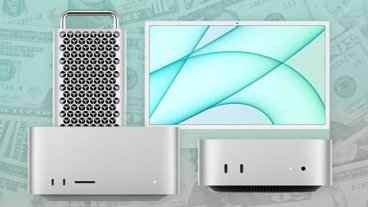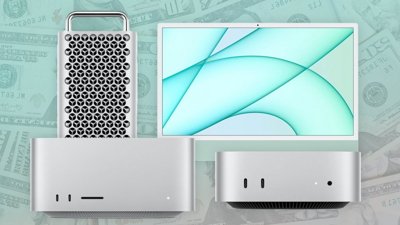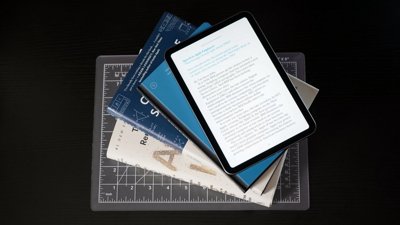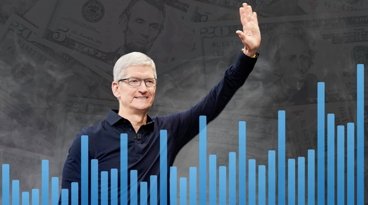At least part of Apple's first quarter 2019 forecast — expected to disappoint some analysts — can be connected to two main issues, CEO Tim Cook said in a Thursday interview.
The first is the timing of the iPhone XS and XS Max, Cook told Reuters. Those are company's most expensive models, but shipped in September, meaning that purchases by affluent early adopters won't count towards first quarter figures. The cheaper iPhone XR arrived in late October.
The order was reversed last year when the iPhone 8 and 8 Plus were first out of the gate, to be followed by the $999 iPhone X in November.
Foreign exchange rates are the other looming problem, with Cook specifically indicating that the company's forecast is taking a $2 billion hit as a result.
Apple is guiding to between $89 billion and $93 billion for the December quarter. The midpoint between those numbers is $91 billion, however, under a Wall Street consensus prediction of $93 billion.
Apple's overall revenue for the fourth quarter of 2018 reached $62.9 billion, driven mostly by sales of 46.9 million iPhones, which on their own reaped $37.2 billion. In a surprise, the company revealed that it will no longer disclose unit sales going forward.
 Roger Fingas
Roger Fingas








 William Gallagher
William Gallagher
 AppleInsider Staff
AppleInsider Staff
 Malcolm Owen
Malcolm Owen



 Wesley Hilliard
Wesley Hilliard
 Bon Adamson
Bon Adamson







21 Comments
Oh look, the "miss" of consensus revenue by analysts is off by the exact amount of currency headwinds, which they never really take into account.
Also worth noting for this "soft" forecast: last year's fiscal Q1 was $78.4 billion (a billion over analyst estimates, btw), so any number Apple hits within or above its guidance will be at least $11B more, and will be an all-time record. Yeah, wow so "soft"!
Well just about every currency has depreciated against the USD, because the US economy is doing better than just about everyone else.
Our currency has cratered against the USD, and is one of the many reasons our cost of living is escalating, as the USD is what the world trades in. Actually, for our country it isn’t just currency exchange rates, it’s also an overly intrusive expansion of government regulation and market interference, which is the opposite of what is happening in the US. Our regulatory overreach of course has also contributed to the decline in our exchange rate too.
That translates into a double whammy with the increase in RRP of Apple products also being further increased by a higher USD. Three years ago our dollar was close to par with the USD, now it will only about USD$0.70. That thirty cent difference, plus an extra ten cents for Apple to manage exchange rate risk, plus the rise in the cost of the product, means alot more on the AUD RRP than a couple of years ago.
Nothing to do with the lack of updates to the Mac line then and the overpriced iPhones?